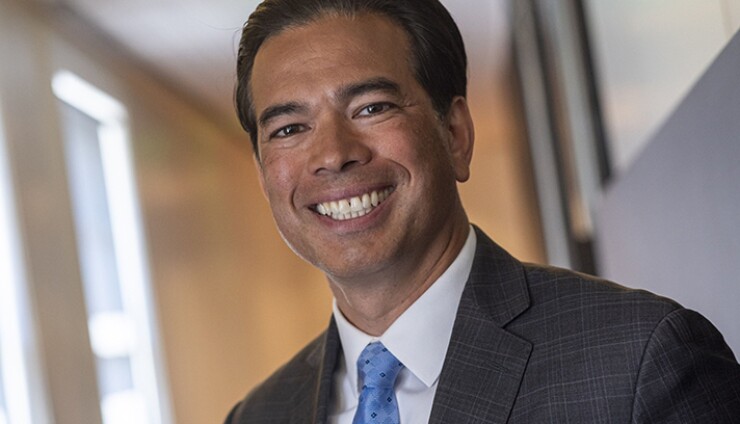The flow of money from private foundations to donor-advised funds has jumped substantially in recent years, highlighting the increasing use of a controversial loophole in charitable law, a
Private foundations, which many wealthy people use to administer their philanthropy, gave $1.68 billion to a group of DAF sponsors in the most recent year studied by California Attorney General Rob Bonta's office. That was 48% more than two years earlier.
The review looked at nearly five dozen sponsors of the funds based in or registered with the state, including commercial providers, community foundations and mission-based organizations. None was identified by name.

The data, published Thursday, is part of a wide-ranging review Bonta's office undertook to better understand one of the fastest-growing parts of U.S. philanthropy. In California, like many other states, regulation of charities falls to the attorney general.
DAFs allow donors to get an upfront tax break and then are used to administer grants. But because there's no deadline for money to leave the funds, they've stoked concern that contributors are piling up money, getting tax benefits without actually helping working charities.
Assets in the accounts soared to nearly
The wealthy have also been using DAFs to get around a law Congress passed five decades ago to keep philanthropists accountable. Private foundations are generally required to put 5% of their assets toward charitable purposes each year and publicly report their grants. But, because DAF sponsors are technically charities, some foundations are making distributions to the accounts to meet payout requirements. And, once the money's there, it's often impossible to track whether or where it's being given.
"DAFs are receiving significant funding from private foundations, which defeats the transparency and distribution requirements imposed on these foundations," Bonta said in an emailed statement. "It is disappointing to see millionaires exploit loopholes to get immediate tax breaks while the benefits from their donations may not be seen for many years."
A
The California AG's analysis, by comparison, relies on data the regulator got from DAF sponsors themselves, providing a fresh insight into where their donations come from and how they operate. About 5% of contributions to DAFs came from private foundations during the years studied for each sponsor, which included tax periods starting as early as July 2016 and ending as late as December 2020.
The review also showed that administrative fees the sponsors charged surged about 40% during the three years to $267 million as assets under management climbed, underscoring one of the DAF industry's main sources of revenue. Such fees tended to be higher at community foundations than commercial outfits, the review found.
DAF proponents have long argued that donors pay out money from the funds faster than private foundations do. While the California regulator found high rates of grantmaking among the sponsors, some of these distributions are going to other DAFs rather than working charities.
Such DAF-to-DAF giving nearly quadrupled to $1.74 billion for commercial providers of the accounts between the first and third year studied. These distributions represented one out of every 10 dollars given away during the three years.




